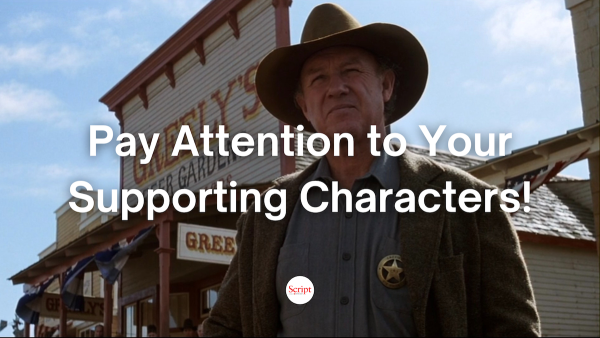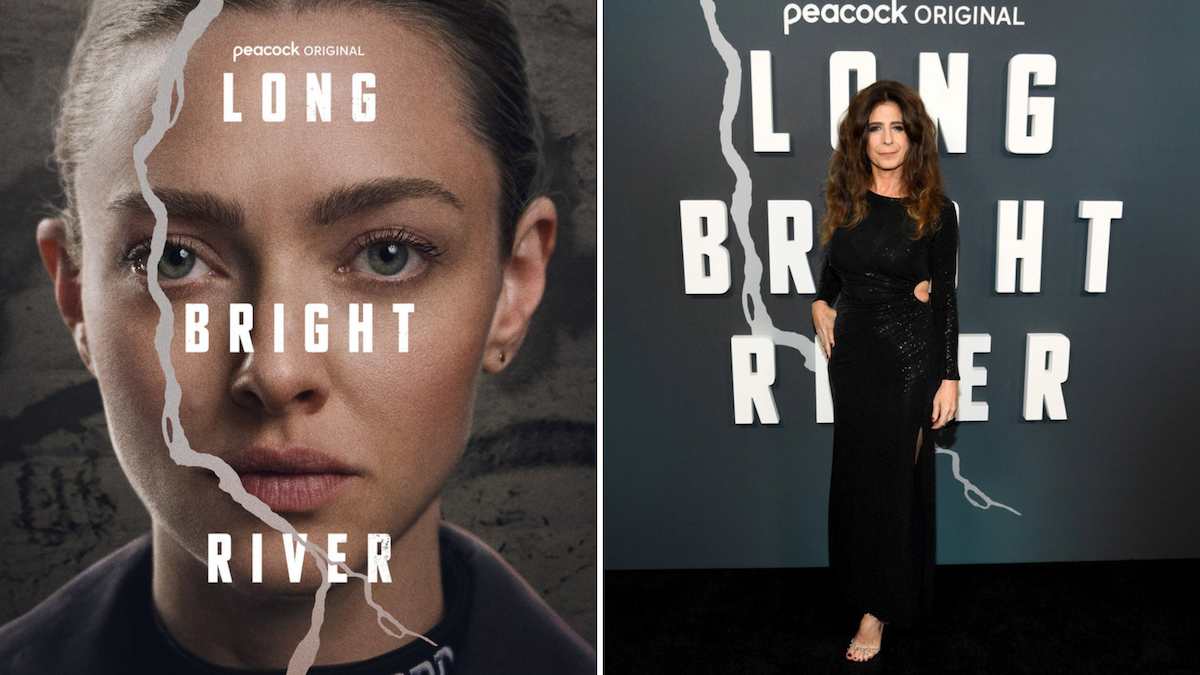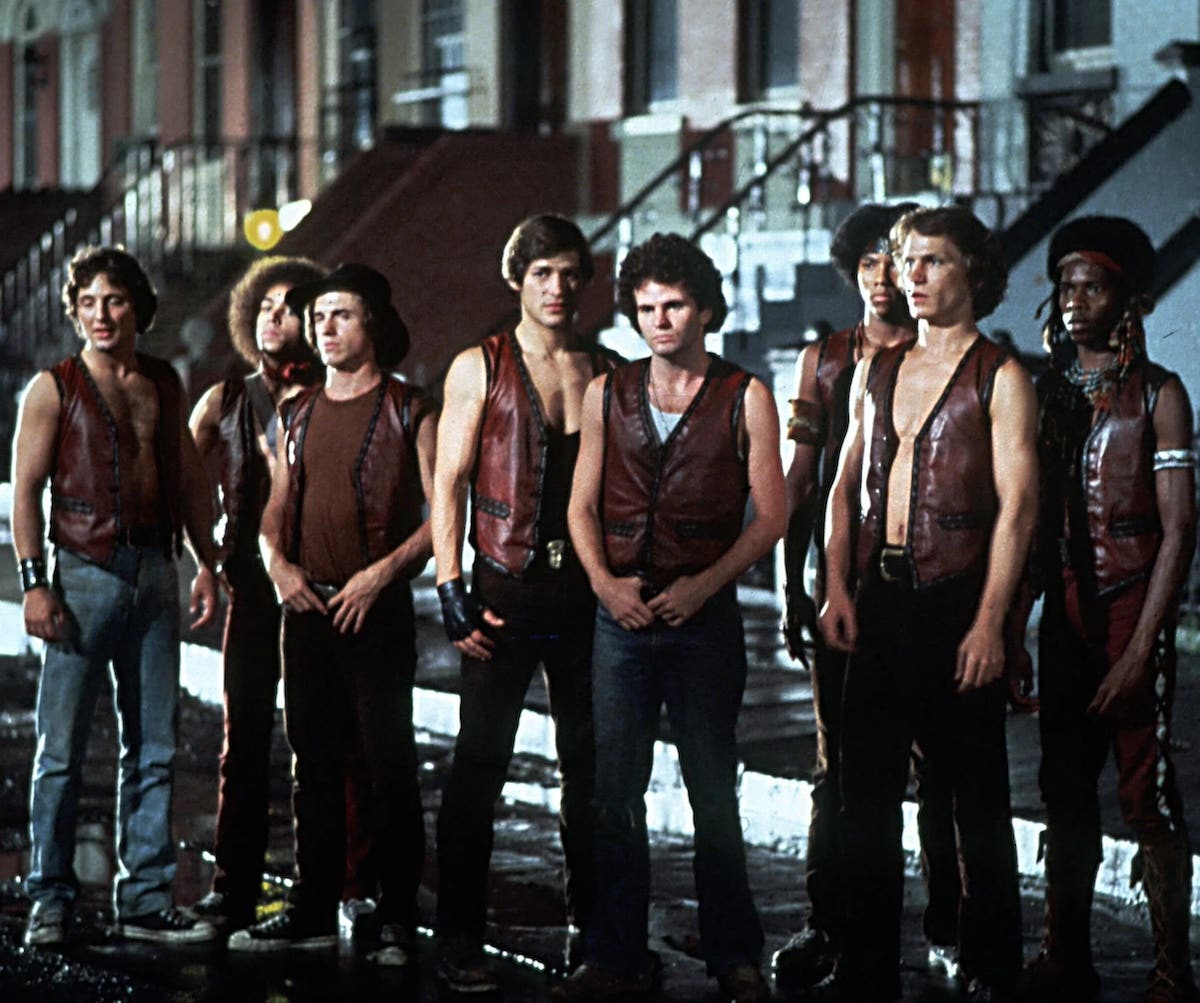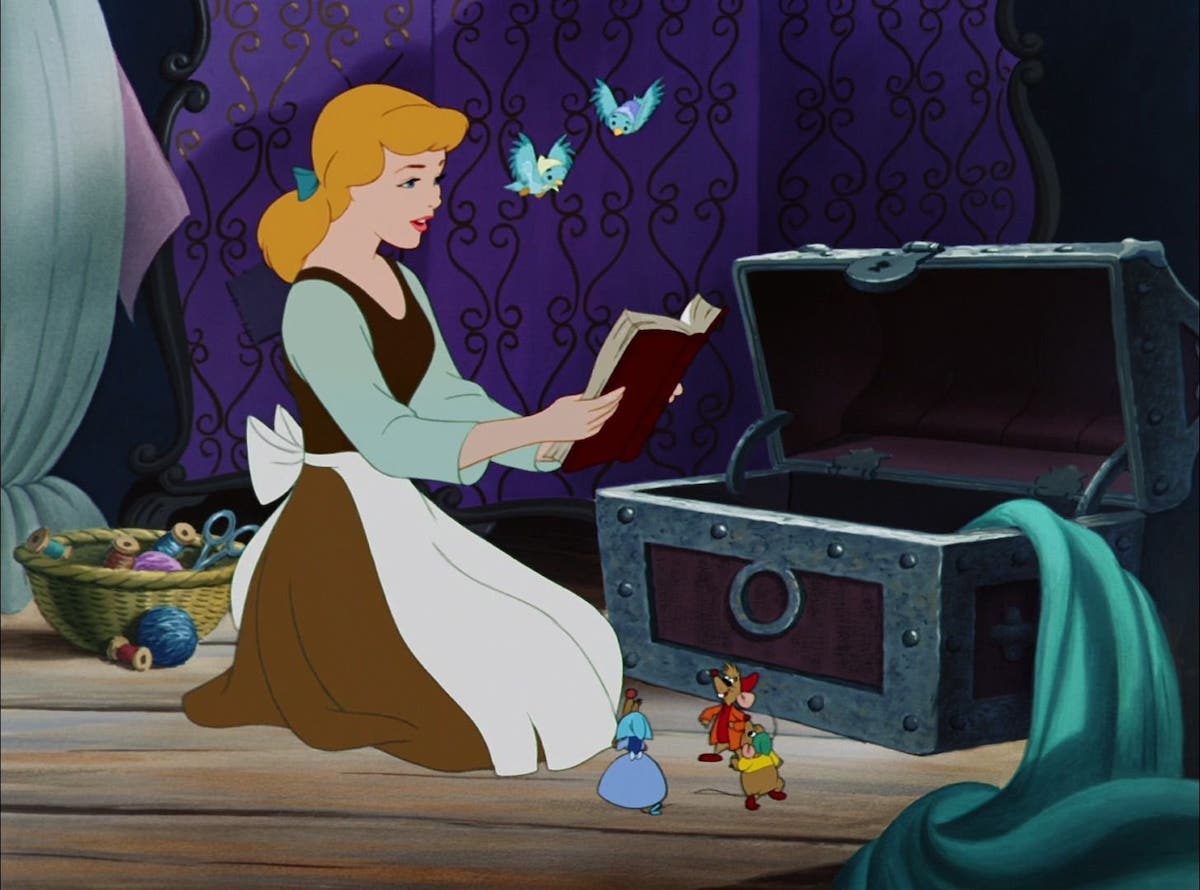Meet the Reader: The (Real) Rules of Screenwriting
Trying to make sense of all of the dos and don’ts of scriptwriting can be very confusing, especially when so many of them seem to be contradictory. Mastering all of the rules can often seem like an impossible task and can cause many people to become discouraged and even consider giving up. Here’s why you shouldn’t.
“So, just what are the rules for writing a screenplay, anyway?”
I get asked that question a lot, most often by up-and-coming screenwriters who are eager to craft a script that succeeds both creatively and commercially, but who are overwhelmed by the seemingly endless stream of information, instruction, and advice pouring out of the myriad how-to classes, seminars, consultations, books, articles, podcasts, and DVDs that occupy the scriptosphere.
Trying to make sense of all of these dos and don’ts can be very confusing, especially when so many of them seem to be contradictory (with one book telling you that your story’s inciting incident should occur in the middle of the first act, while another tells you it should come at the end) and confusing (one extension course refers to the protagonist’s transformation as an arc, while a well-known seminar identifies it as “the protagonist’s journey of realization and discovery”). Mastering all of this can often seem like an impossible task and can cause many people to become discouraged and even consider giving up.
If you’re one of those people, the best advice I can offer is this: Take a deep breath. Relax. And then ignore all of it.
I’m not saying that a lot of the information that’s floating around out there isn’t helpful, because it certainly is. But when confronted with an overwhelming amount of data, it is the tendency of the human mind to attempt to boil it down into some sort of digestible form – a list or a theory or a formula. In the world of screenwriting, this tendency can be encouraged (advertently or inadvertently) by the many teachers, consultants, and gurus who insist that they alone have discovered the secret recipe for crafting a successful script and have encapsulated it into their copyrighted system or model or paradigm or 10-step plan or list of seven or 12 or 20 secrets (“that they don’t want you to know”) or whatever. This tendency can be further exacerbated by the often bizarrely precise and rigid directives that may of these folks insist upon (e.g. the end of Act One's plot turn must occur exactly 10 lines down on page 22; never let a speech run more than three lines; there must be a strict 5:3 ratio of print to white space on every page, etc.).
The problem with all of this is, of course, that it implies (either directly or indirectly) that there really is just one definitive set of rules and regulations for writing a screenplay – a set formula for creativity – and, as appealing as that idea may seem to anxious writers, the fact is that there just isn’t, and pretending there is, can only lead to work that is rote and lifeless. Like all creative endeavors, good screenwriting requires you to give your creativity, your imagination, and your passion free rein – that is the only way to produce work that is fresh, exciting, and true.
However, that doesn’t mean that screenwriting is a creative free-for-all and that anything goes. No, there are definitely a number of core principles to the craft that must be observed. However, they should be thought of as general guidelines designed to give you the greatest possible latitude, not dogmatic commandments that must be followed “or else:”
1. Tell a good story.
This is the single most important “rule” in all of screenwriting. You can follow every other precept out there to a “T” and it won’t mean a thing unless you’re telling a tale that really grabs people.
2. Screenwriting is dramatic writing.
Drama is a very specific kind of writing that encompasses certain very specific elements:
- A narrative – (usually) split into three sections, which are called acts – that adheres to the following general pattern:
- In the first act, a protagonist is introduced and something happens that prompts him to develop a very strong goal. At the end of the first act, the protagonist sets out to accomplish that goal.
- In the second act, the protagonist – usually working against some sort of tension-generating deadline (a “ticking clock”) – attempts to accomplish his goal. In the process, he encounters a series of obstacles – usually including opposition from a formidable antagonist – that conspire to prevent him from attaining his goal. The protagonist uses his inner and outer resources (that can include special skills and allies) to overcome these obstacles, but as the narrative progresses, the obstacles become bigger and more difficult to deal with until the protagonist is finally faced with an obstacle that is so big that it appears that he will not be able to overcome it. The second act ends with the protagonist seeming to have failed in his quest to accomplish his goal.
- In the third act, the seemingly-defeated protagonist finds a way to rally. The story then progresses to a climactic confrontation in which the protagonist finally overcomes the formidable obstacle (usually by defeating the antagonist) and finally accomplishes his goal.
At first glance, this pattern may seem as rigid as the formulas and recipes decried above, but it’s actually not. As millions of plays, movies, television shows, and comic books have proven, the pattern is an enormously flexible one that can be adapted for comedy, tragedy, adventure, romance, thrills, horror, and even musicals; realism and fantasy; linear, non-linear, and episodic storytelling; Oedipus Rex and The Hangover.
- In a dramatic tale, the protagonist undergoes some sort of profound change that is brought about by his experiences in the story and that will cause his life to be very different from then on (this is commonly known as the character’s “arc”).
- Drama is written in a very specific format: descriptions of the actions of the characters intermixed with dialogue for them to speak.
- Drama is not prose – its effects should be generated by a combination of action and dialogue, not through stylish writing (which cannot be read by, and therefore will have no effect on, an audience). It is ultimately meant to be performed, not read.
- Because it is meant to be performed rather than read, drama is concerned only with the external – the things its characters do and say. Unlike prose, drama is an inappropriate form for dealing with a character’s internal thoughts and feelings. If those thoughts and feelings are vital to the story, then ways must be found to externalize them and transform them into action and dialogue.
These are the basic elements of drama — the things that give a good movie the excitement, intensity, and momentum necessary to capture and hold an audience’s attention. All successful dramatic stories contain these elements. If your writing does not contain these elements, then it will still be writing of some sort, but it won’t be drama.
3. Always remember you are writing a movie.
Cinema is a visual medium, so try as much as possible to tell your story through action and images. Good dialogue is important, of course, but it should be there to enhance the visuals, never to carry them.
Most film stories fall into specific cinematic genres (adventure, action, thriller, mystery, romance, romantic comedy, slapstick comedy, science fiction, horror, etc.). Each of these genres has specific conventions and elements that must be observed if you want the script to succeed within its genre. The challenge is to figure out how to address them – do you play them straight or find some clever way to twist or subvert them?
The average feature film runs somewhere between 90 minutes and two hours, so -- using the traditional (and quite accurate) formula that equates one page of script with one minute of screen time -- a screen story should be structured so that the screenplay will run somewhere between 90 and 120 pages.
4. Employ the proper format
Screenplays written for the American film industry are expected to utilize a very specific, standardized format. This format is used because it is known and can be easily read and understood by everyone in the industry, from studio executives to producers to directors and actors to the heads and members of all of the creative and technical departments. A standard format makes the process of assessing, greenlighting, and producing a movie as smooth as possible. You too are expected to use this format and so you should do your best to master it, rather than attempt to reinvent it or come up with your own.
Modern screenplays are written in what is called the Master Scene format, in which the writer focuses only on depicting the overall action and dialogue required to tell the story and does not include overly specific details pertaining to set and costume design, camera moves, edits, or performance. (These items will be attended to by the director and appropriate members of the production team.)
5. Make sure it’s entertaining
Whatever else your script has to offer in terms of themes, political or social commentary, or as an artistic statement, it must first and foremost function as entertainment. In other words: If it’s a comedy, it has to be funny; if it’s a horror film, it has to be scary; if it’s a thriller, it has to have tension, suspense, and surprise; if it’s a romance or a drama, it has to engage your emotions; and so on.
Make the most out of every element in your story. For example, if your story calls for your protagonist to obtain a valuable piece of information that incriminates the villain, then have him do so in a suspenseful sequence in which the hero sneaks into the bad guy’s lair, bypasses an phalanx of guards and an elaborate security system, and then cracks open the hi-tech safe where the evidence is kept, rather than simply having him find the evidence lying around on the ground.
Your story should always be well paced; so, while you don’t need to obsess about exact things happening on exact pages, the events of the story should unfold in a timely manner. To achieve this, it is helpful to follow three simple guidelines: 1) always begin each scene as late as possible and end it as quickly as possible; 2) cut out any material that doesn’t directly support the primary themes and storylines; 3) in terms of length, the first act should run for approximately 25% of the script; the second act for approximately 50%; and the third act for approximately 25%.
Finally, always write with as much energy and passion as you can, because those elements will transfer to the page and (eventually; hopefully) to the audience.
Of course, you are completely free to sprinkle your work with whatever other tips, advice, or “secrets” that you feel are helpful and useful, but if you follow these general principles when writing your screenplay, you should do just fine. And I can guarantee you’ll be a lot less confused!
THE END
Download FREE writing resources today, as our gift to you!
Ray Morton is a writer and script consultant. His many books, including A Quick Guide to Screenwriting, are available online and in bookstores. Morton analyzes screenplays for production companies, producers, and individual writers. He can be reached at ray@raymorton.com. Twitter: RayMorton1







